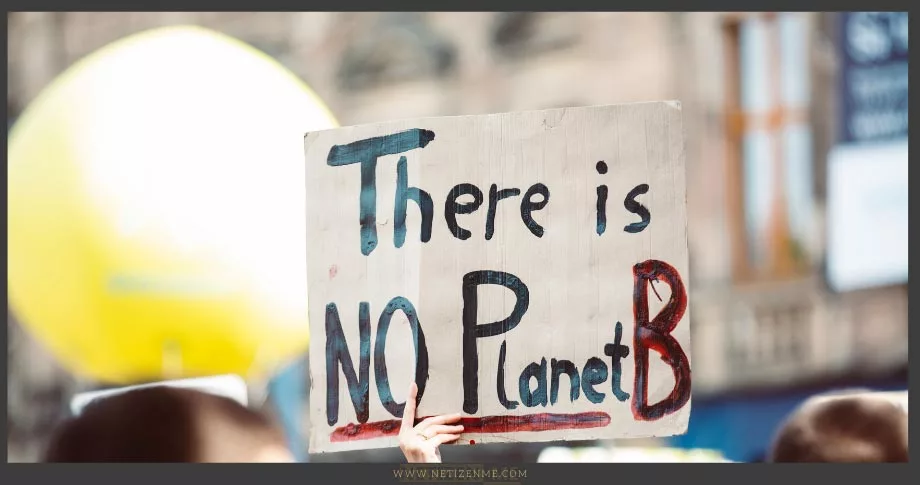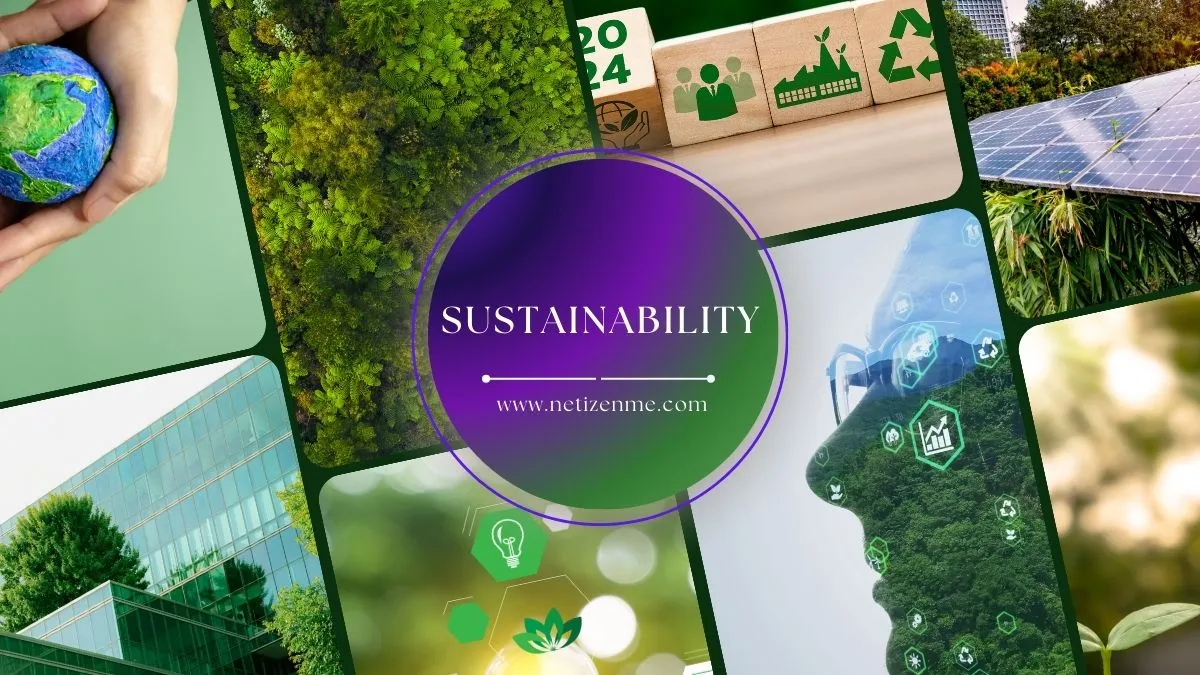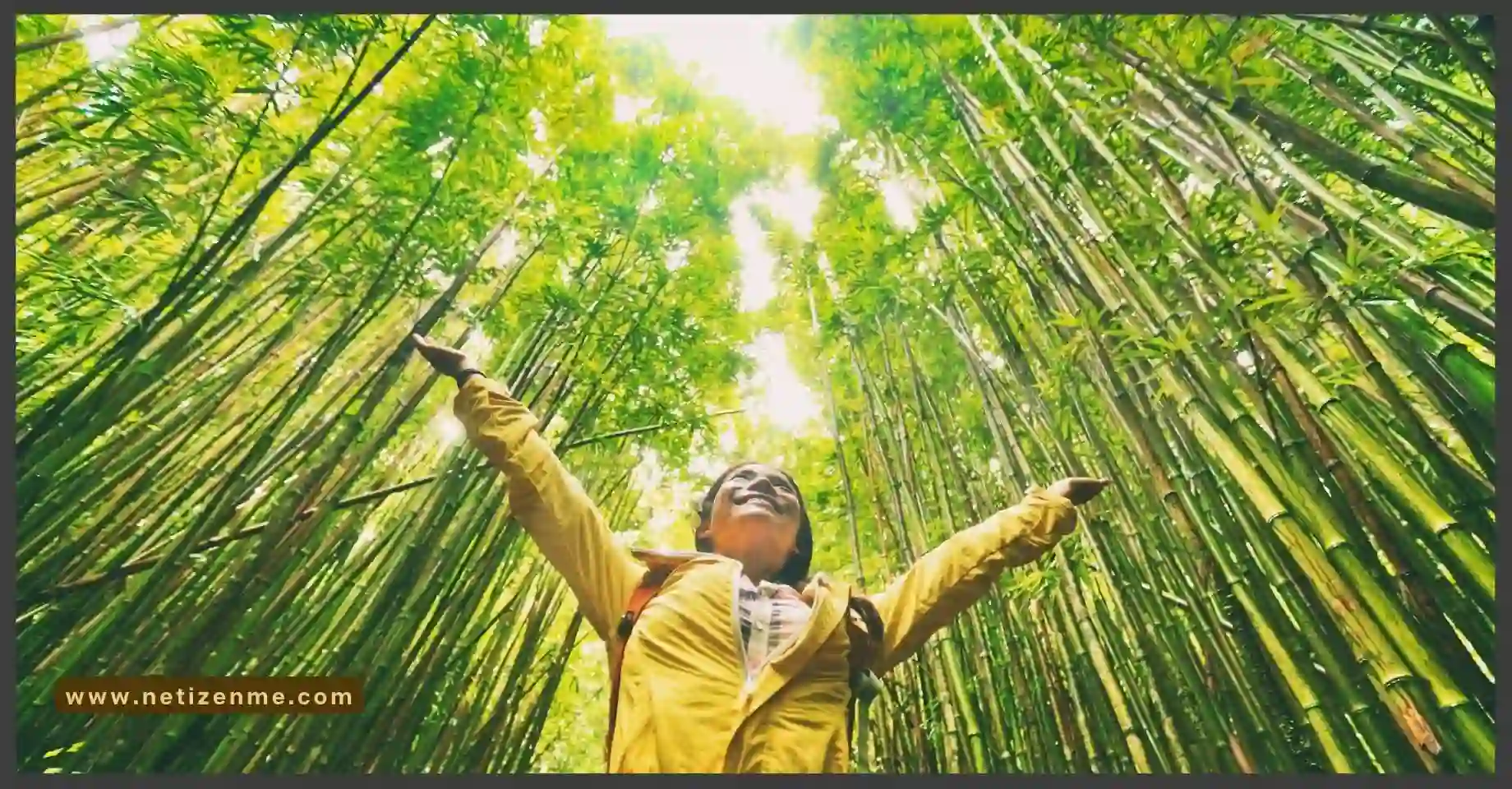The environmental crisis affects us, animals, and plants alike. We face the fight against the health challenges the environmental crisis poses.
The Environment Crisis Fight & Solutions
The Environment Crisis – The Fight
Climate change, one of the effects of the environmental crisis, looks theoretical but, if not tackled, will impact the health of animals and us. It is warned that climate change may lead to an increase in vector-borne diseases and even asthma. We face the fight against natural disasters like earthquakes, hurricanes, etc.
The Solutions: Current Global Actions To Fight The Crisis
There are a few ways that can be used to solve the problems of the environmental crisis. According to the UN climate change summit, to tackle the problem of pollution, which is the largest cause of the environmental crisis, commercial companies, and residential buildings must find a way to reduce the emission of carbon dioxide into the atmosphere by engaging renewable energies like wind, solar, biomass and geothermal. Also, proper waste recycling, like bottles, papers, etc. Residents and commercial companies should be encouraged to plant trees and flowers around the environment. In that way, we can reduce the number of greenhouse gasses in the atmosphere.
How Is Our Climate Changing Now?
There is currently a lot of research around the world on climate change, and the report has shown an increase in temperature at the earth’s surface, the atmosphere, and the oceans. Globally, the climate is changing as well, and because of the extreme temperature, there is an increase in precipitation events across the globe. This has led to the melting of glaciers, shrinking of ice sheets, a decrease in snow covers, a rise in the sea level and acidity, and flooding is becoming more frequent in some parts of the world. The growing and maturation season of crops is taking longer, and many species are migrating to new environments due to frequent wildfires or droughts. There is vigorous wind intensity, especially in the arid regions. Currently, some parts of the globe are experiencing changes in the timing of essential biological seasonal occurrences like rainfall, winter, and the like.
What Does The Future Look Like?
If we continue with this negligence and keep releasing greenhouse gasses into the atmosphere, statistics have shown that by 2100, the temperature on the earth’s surface will have risen from 1.5°C to 5.3°C. This will lead to a devastating effect on the earth that may usher in another era. There will be a rise in the sea level, which will cause a lot of damage and lead to a devastating flood. Intense heat and an increase in vector-borne and respiratory diseases are also possible.
There will be low rainfall in some regions of the world, eventually leading to drought and famine. Some animal and plant species will become extinct due to famine or natural disasters like wildfires, earthquakes, or hurricanes. The glaciers will melt, the ice sheet will shrink further, and even the aquatic organisms will die. This is due to the low amount of dissolved oxygen caused by an increase in the acidity of the sea. The future is at risk; if we continue this way, we will not have a world to handle for the next generation.
This article is written by:
This article is written and edited by in-house writers and editors. Knowledge Netizen editorial team is committed to providing accurate and informative content. You can cite our articles under the author name "NetizenMe"



